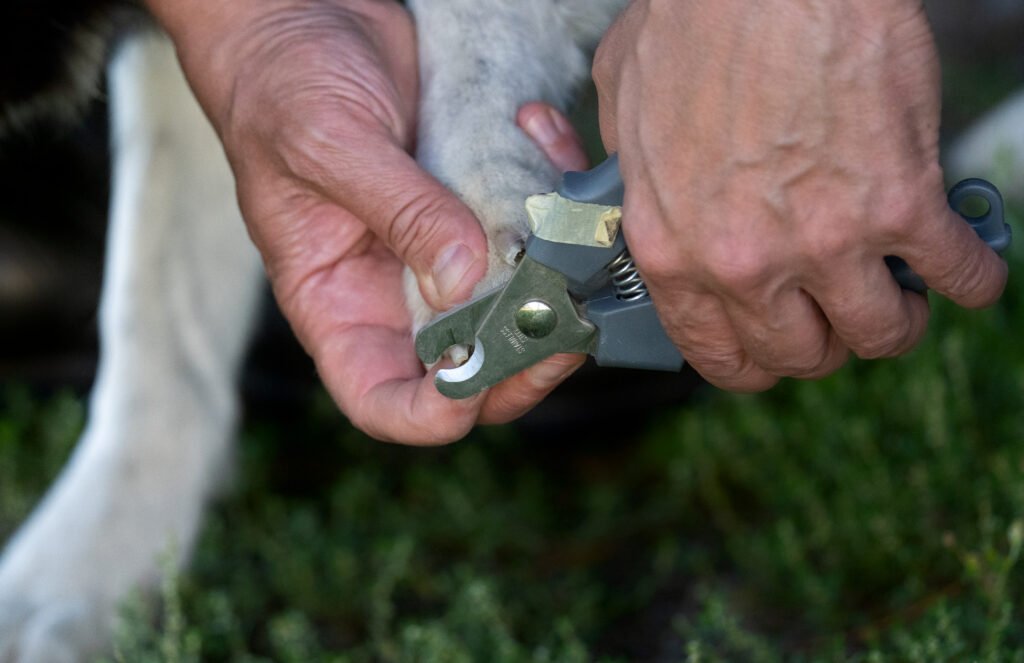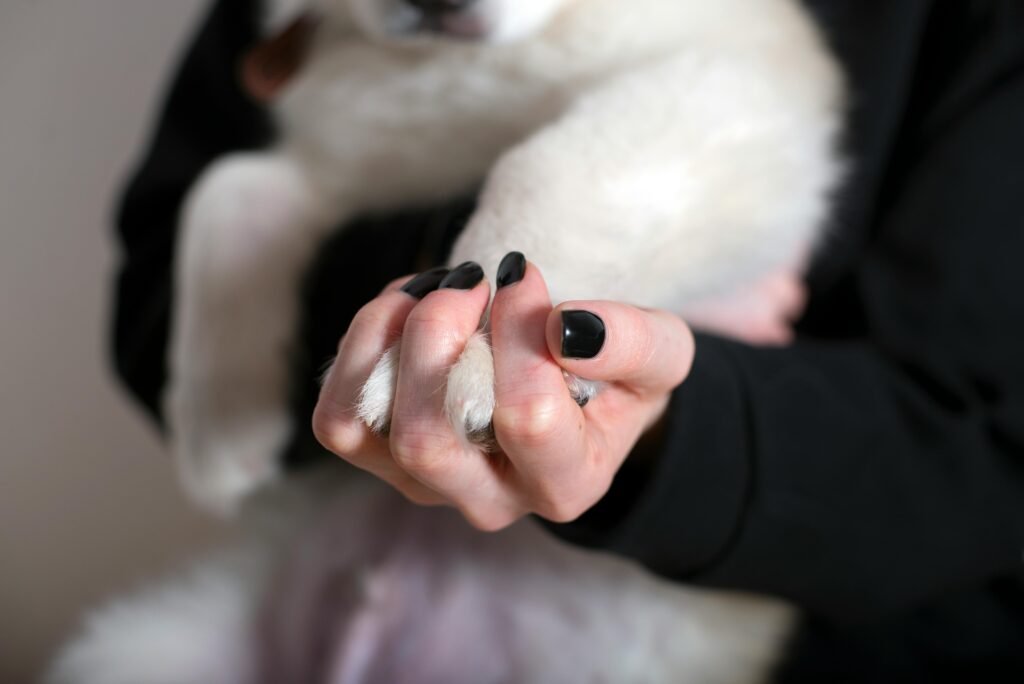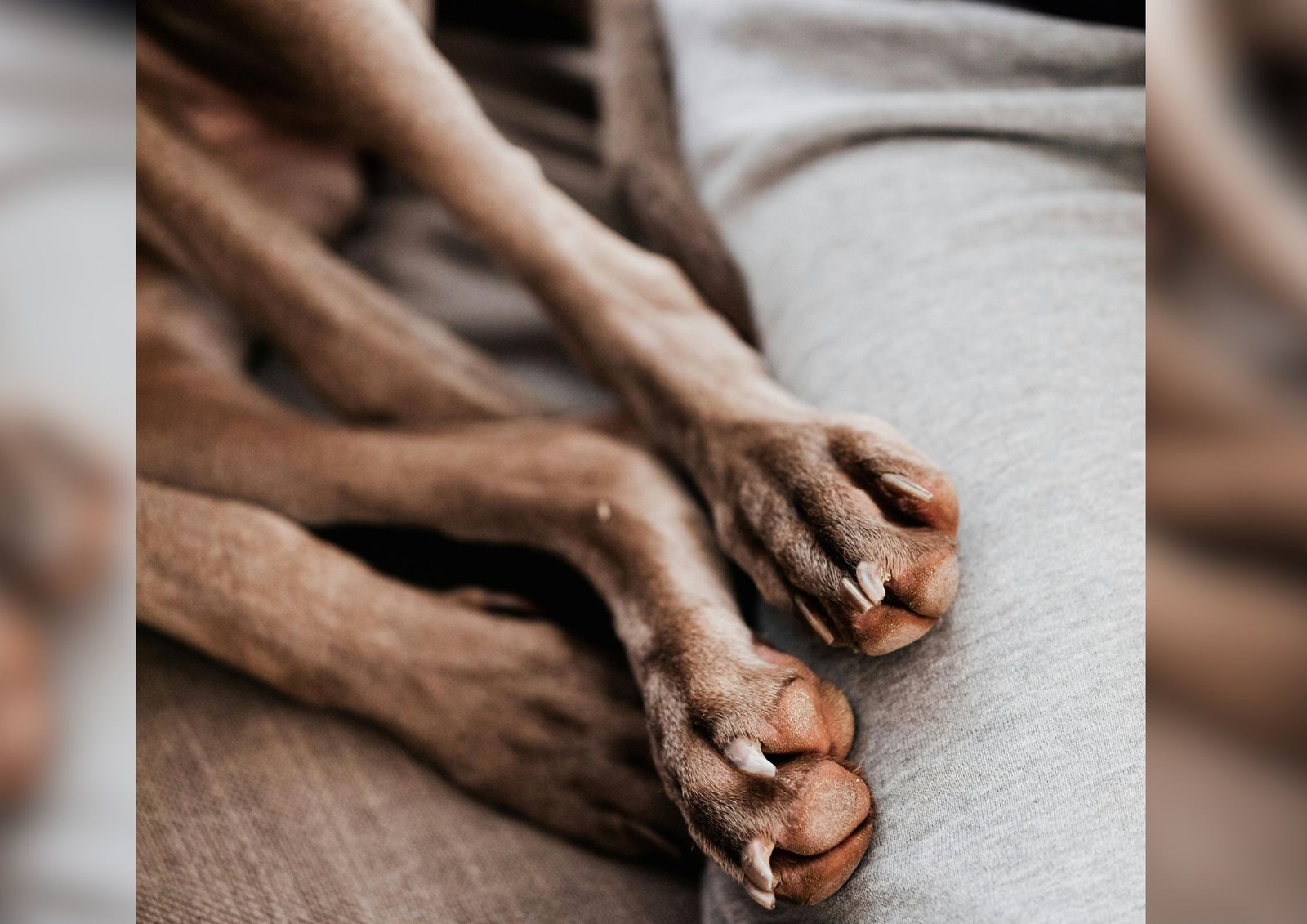Nail care is a vital part of maintaining a dog’s overall health and well-being. Overgrown nails are not just a cosmetic issue; they can lead to discomfort, pain, and even health complications for your pet. Proper nail management ensures comfort and prevents potential injuries and infections.
Signs Your Dog’s Nails Are Overgrown

Recognizing the signs of overgrown nails is crucial for timely intervention. Observations might include a noticeable clicking sound when your dog walks on hard surfaces, visible curling of the nails, or changes in your dog’s walking pattern. Ignoring these signs can lead to further complications.
The Risks of Overgrown Nails

Overgrown nails can pose several risks to your dog’s health. They can cause pain when walking, split or fracture easily, or even curl back into the paw pad, causing infection. Additionally, long nails can disrupt the alignment of the paws, leading to joint and postural issues over time.
Preparing Your Dog for Nail Trimming

Preparation is key to ensuring a smooth nail-trimming session. Get your dog accustomed to having their paws handled from an early age. Positive reinforcement, such as treats and praise, can create a more relaxed atmosphere. Ensure you have the right tools and a calm environment before you begin.
Essential Tools for Nail Trimming

Choosing the right tools is essential for a successful nail trim. Options include guillotine clippers, scissor clippers, and nail grinders. Each has its pros and cons, so consider your dog’s size, nail thickness, and your comfort level when selecting the best tool.
Step-by-Step Guide to Trimming Your Dog’s Nails

Begin by holding your dog’s paw gently yet firmly. Identify the quick, the blood vessel within the nail, and avoid cutting it. Trim small sections of the nail at a time, and take breaks if your dog seems anxious. For dogs with dark nails, trimming gradually until you see a white or gray oval is advisable.
Alternative Solutions if Your Dog Is Resistant

Some dogs are particularly resistant to nail trims. In such cases, consider alternatives like visiting a professional groomer or a veterinarian. Desensitization training can also be effective, gradually increasing your dog’s tolerance to nail handling and trimming equipment.
Spotting and Treating Nail Injuries

Be vigilant for any sign of nail injury, such as bleeding, limping, or swelling. If you accidentally cut the quick, styptic powder or cornstarch can stem the bleeding. Persistent issues or visible discomfort warrant a visit to the vet for a professional assessment.
Maintaining Healthy Nail Habits

Regular nail trims are vital for maintaining healthy nail length. Depending on the dog, a trim every 3-4 weeks is often sufficient. Additionally, frequent walks on hard surfaces can naturally wear nails down, reducing the need for trims.
When to Seek Professional Help

If you’re unsure about trimming your dog’s nails or are concerned about potential injury, it’s wise to seek professional assistance. Veterinarians and professional groomers are equipped with expertise and tools to ensure a safe and stress-free nail trim, especially for difficult dogs.
Final Thoughts on Nail Care for Dogs

Proper nail care is integral to your dog’s health and comfort. By staying informed and vigilant, you can ensure your dog’s nails remain at an optimal length, preventing pain and potential health complications. With the right tools, techniques, and patience, nail trimming can become a routine part of your pet care regimen.

Esther is from India; the heartbeat of South Asia, holding a Master’s degree in Zoology and a postgraduate diploma in Animal Welfare. Her enthusiasm for animal welfare drives her passion and dedication to working for animals, ensuring their well-being, and advocating for their rights. With a solid academic background and hands-on experience, she is committed to making a positive impact in the field of animal welfare. In her free time, she enjoys embroidery and sewing. As a Chennaite from Tamil Nadu, Esther loves Bharathanatyam, an Indian classical dance form.






